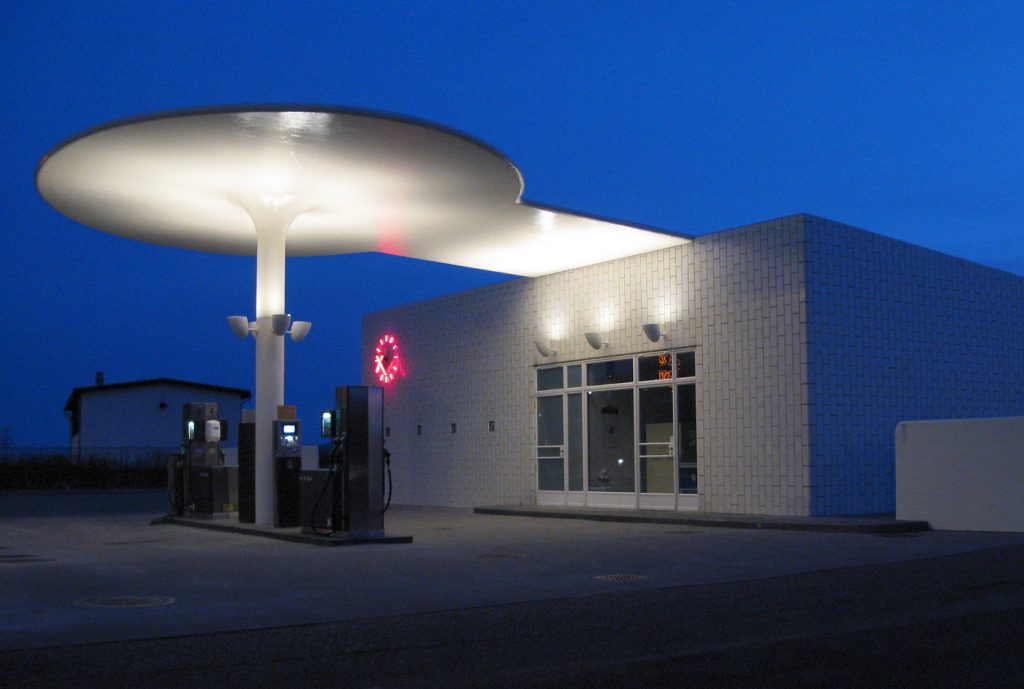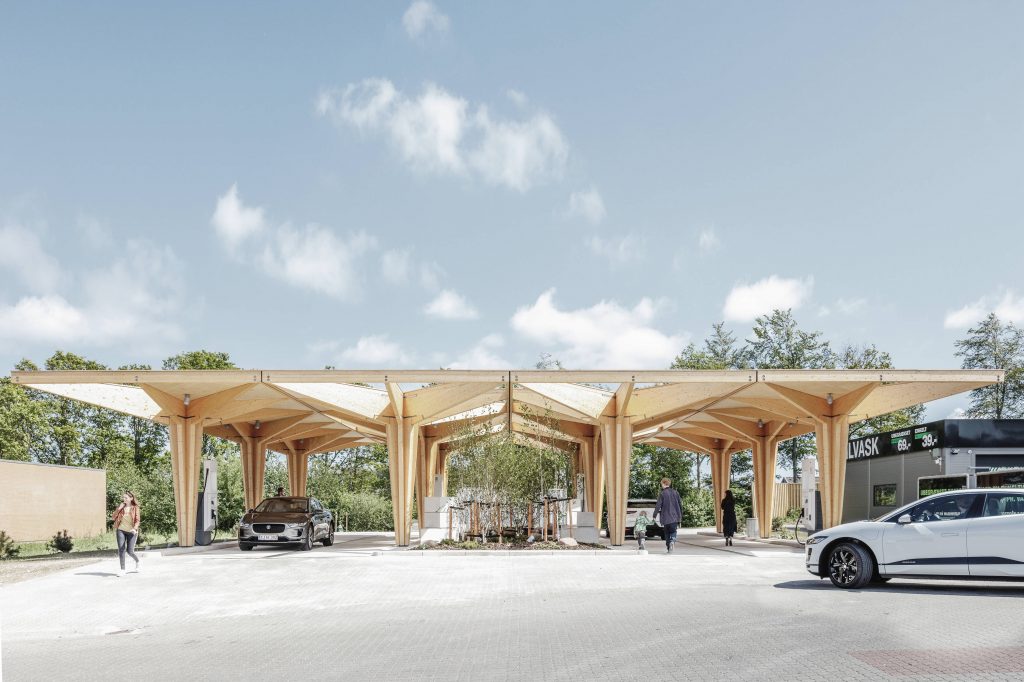You will probably know this line from the oldies’ charts, 70s parties, or from your not-so-favorite radio station. Well, it’s been a while since it was in the charts. But it is still en vouge. Not for the tune, but for the lyrics. At least for the first part. Money is still important and will remain to be so. It is funny, or at least interesting, how different businesses approach it in different ways. One more convincingly than the other.
Santander enters the BNPL (Buy Now, Pay Later) market with its new brand Zinia. And Klarna (a BNPL business) enters the credit card market.
You might think that this is boring – a traditional bank adds a ‘modern’ service to its portfolio and a modern fin-tech adds a rather traditional service to its portfolio. It may be boring. But read an enlightening piece at sifted.eu that tells the story, assesses the innovativeness of the endeavors, guesses who knows their customers and target groups, and speculates about the time pressure behind the two initiatives.
A nice piece about service innovation, customer expectations, and the future of payment.









